Human rights a matter of concern in South Asia; time to bring about positive changes
Despite recurrent political chaos, often fuelled by cultural and religious clashes, there are some human rights organisations that are working for the welfare and dignity of each individual in South Asia, writes Reeti Prakash for South Asia Monitor
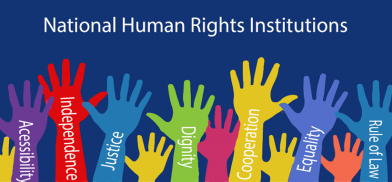
South Asia has been one of the most hospitable regions of the globe, making it the most populous belt. The countries are known for their rich culture, spread across a wide spectrum of traditions, values and lifestyles.
While the heterogeneous habits and habitats may be linked to one’s socio-economic standing in their respective culturally bound community, one common link owing to this incongruity may be connected to the fact that they were all once colonies of the British, which catalyzed the differences and disparities among the people, resulting in an unjust distribution of rights, resources, and a sense of entitlement.
Human rights – a matter of concern in South Asia
In light of the common ground of colonial history, which led to a similar framework of legislations coupled with a diverse population with different standards of lifestyle, the conversation boils down to the fact that a theoretical combination of uniform laws for a diverse population does not work well, especially when it comes to determining the minimum standard of human rights and legal protection for an individual, with an undertone of multiple cultural and social attributes to the community currents. The issue of human rights has always been a point of concern in South Asian countries.
The UNESCO Committee on the Theoretical Bases of Human Rights, while acknowledging the fact that a uniform structure of human rights has always been impedance for a diverse society, highlighted the negative effect of uniform laws on a culturally dynamic society.
Moreover, the United Nations has also acknowledged a strong need for regional and sub-regional human rights codes in order to honour the customs, history, and norms of every society, thereby lifting the bar of harmony and coexistence. The UN, in the 1992 general assembly, rolled out a list of principles called the Paris Principles, which also emphasized the dire need of establishing regional human rights codes and courts in order to uphold the spirit of minimum standards of living in a dynamic and ever-evolving society.
Several social surveys and researches have shown that South Asian countries due to heavy population density and a history of colonialism have a high crime rate and lower living conditions. The South Asian population has endemic issues like poverty, illiteracy, unemployment and violence due to discrimination, to name a few.
South Asia - one of the most polarised societies
A more focussed and the country-centric study revealed the following facts:
Afghanistan: The social turmoil of Afghanistan stems from the two decades of its victimhood of the civil war, which impacts the standards of lifestyle in the country to a great extent. Certain instances of deplorable conditions include an intrinsic culture of human-trafficking, poor education system, and absence of legal protection for women.
Bangladesh: A strong history of military rule and an armed government paved way for refugee issues, violence against minorities and overall social instability, giving way to low standards of living.
India: The question of minimum standards of living has always been a moot point, especially when implementing the rights of the minorities. Despite the republican and secular structure of the constitution, there are a number of legislations which go against the foundational constitutional values and remain in force, thereby fuelling the arbitrariness of the governing authorities.
Nepal: Even though the constitution guarantees basic standards of living to everyone, implementation of such rules are a far cry in remote corners of the country. The judiciary is not dependent; there are no provisions or policies for determining any basic standards of living for refugees.
Pakistan: Democratic values have failed to gain roots in that country. A politically unstable country with religious fanatics, violence against women, and a state of perpetual social unrest are certain features of society.
Therefore, we can easily come to the conclusion that South Asian countries have one of the most polarised societies mankind has seen.
Some hope
Going back to the debate of having sub-regional human rights standards and root level courts advocating the same, there are certain private and government agencies functioning at different levels in these South Asian countries trying to bring about positive change in society by working for uplifting basic standards of living. At a macroscopic level, we have societies and organizations functioning at a broader level, advocating human rights pan Asia.
The South Asian Forum for Human Rights (SAFHR) is a creation of non-governmental organizations (NGOs) of South Asia, and is supported by the South Asian Association for Regional Cooperation (SAARC), to promote observance and respect for human rights. Similarly, South Asia Human Rights Documentation Centre (SAHRDC) is another such agency in the region. It enjoys special consultative status with the Economic and Social Council (ECOSOC) of the United Nations. The Hong-Kong based Asian Human Rights Commission, which was set up in 1997 and does advocacy for the Asian Human Rights Charter, which highlights Right to Life, Right to Peace, Right to Democracy and Right to Development through non-governmental agencies, and thus is called ‘People’s Charter.’
The Charter aims to strengthen Human Rights in National Constitutions, ratify International Human Rights Instruments and maximize the role of the judiciary in enforcing human rights at every level of administration in a country.
Going to a microscopic level, the Centre for the Victims of Torture and the Human Rights Organization of Nepal are the prominent names advocating for human rights when it comes to the geographical boundaries of Nepal. In India, agencies like the Other Media, Yuva (Youth) and the National Human Rights Commission are some organizations that are working for justice and freedom of the victimised individual and oppressed groups.
Despite recurrent political chaos, often fuelled by cultural and religious clashes, there are some human rights organisations that are working for the welfare and dignity of each individual in South Asia. Despite the articulate framing of many documents and charters, implementation of the same remains a challenge.
(The writer is a senior editor at an open access journal that covers contemporary topics pertinent to the Indian legal system. She is pursuing BBA LLB (Hons) from Jindal Global Law School. The views expressed are personal. She can be contacted at reetiprakash05@gmail.com)
References:
Glendon M, A World Made New (Random House 2002)
General Assembly Resolution, The Paris Principles, https://www.un.org/ruleoflaw/files/PRINCI~5.PDF
Dhaliwal S, 'DEVELOPMENT OF SOUTH ASIAN HUMAN RIGHTS CULTURE : THE ROLE OF SOUTH ASIAN ASSOCIATION FOR REGIONAL COOPERATION' (2008) LXIX The Indian Journal of Political Science





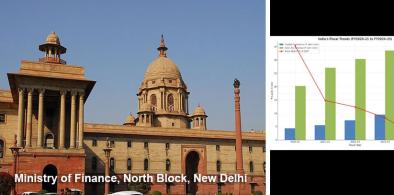

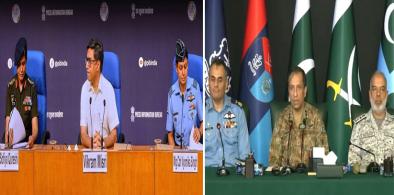
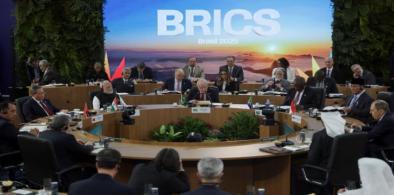
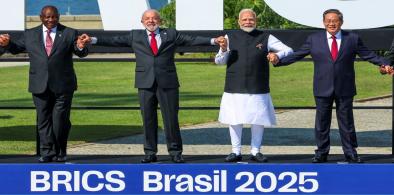
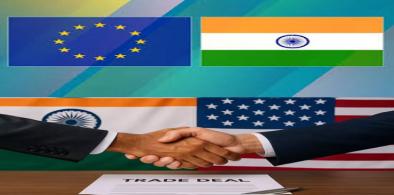
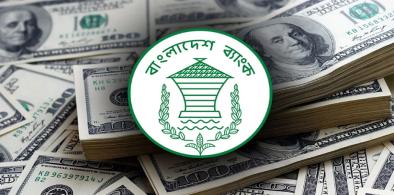
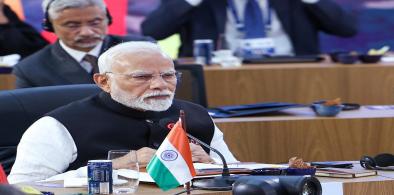
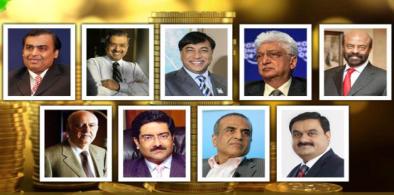






Post a Comment